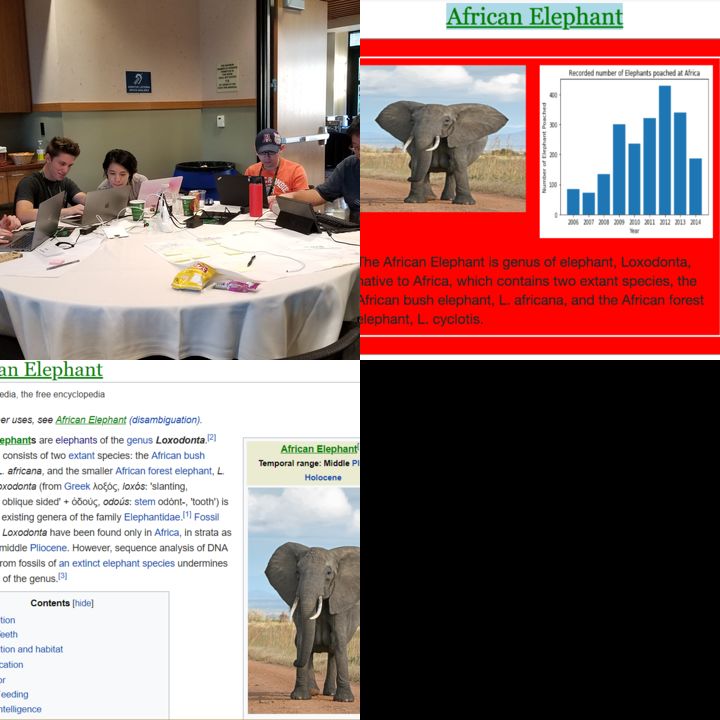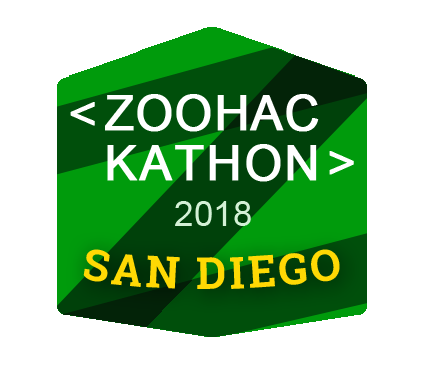EnFo- Endangered animal inFo
The Problem
While knowledge of the impacts of wildlife trafficking and data sources exist, they are often not presented to audiences in a way that drives behavior change or action. Further, conservationists and wildlife trafficking enforcement agencies do not have the tools to develop these visualizations or communications themselves, and often struggle to communicate how destructive wildlife trafficking is on both individual species and ecosystems. This problems statement addresses the development of interactive communications tools that can help contextualize the threat of wildlife trafficking in relatable terms for both public audiences and conservation practitioners.
We Assume that...
That they have a computer which will be capable of running our extension, and the technical expertise that they'd be able to install it
That they would be interested in the information that we provide, and not view it as an annoyance.
That simply raising awareness would be something that would result in further action
Constraints to Overcome
The primary barrier that we were attempting to bridge with out project is the minimum level of user engagement. Previous projects required a fairly high level of user buy in and active engagement in order to effectively used. While a consumer may be somewhat concerned about animals, only the most ecologically aware is going to be willing to read more than a page or two. And even the most engaged is unlikely to constantly go back and cross-reference with the sites at a later date
Current Work
The most important step to extend the usability of our project would be improving the interface and filling in the database. We have a stub of an API call implemented, which would allow additional entries to be automatically added, but the data format doesn't match up to the existing API calls, so would need to scrape the information from them and then reformat it into a way that is readable by out program. In addition, while we are pretty satisfied with the UX of our project, the UI is fairly basic, and not as clear in the data presentation as we would like. Currently it just displays some static information, optimally, we'd want it to be a rich media object that would show all the information the user would need at a glance
Current Needs
We wouldn't need much in terms of physical resources or equipment, but what we could really use would be more experienced programmers. In particular, we were deficient in designers, data visualization people, and database designers. We would also need people who are familiar with how extensions work in browsers other than chrome, in particular, we were informed with potential problems with chrome's handling of pop-up windows. In addition, unless the database manager would be able to figure out a way to automate the data entry, we would probably also require a number of lower skilled people to fill out the actual contents of our database

